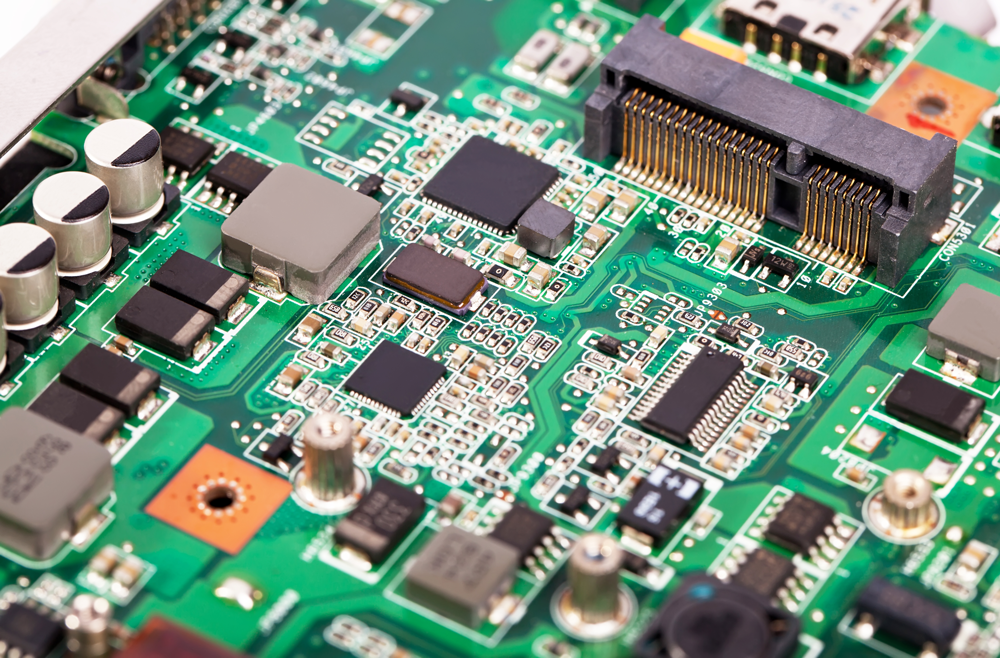
The motherboard is one of the most important parts of your computer; you could say that it’s the mother of all components. Without it, your PC could not function properly or perhaps not at all. Today, we will dive deeper into what the motherboard is, what it’s in charge of, and why it is critical to know how to update motherboard drivers.
What is a Motherboard?
Even if you aren’t super familiar with the components of a PC, you most likely have heard the term motherboard. The motherboard is a piece of hardware that orchestrates everything that goes on in a PC. It is in charge of connecting and allowing communication between all components and peripherals that are attached to the computer.
The motherboard, also known as the mainboard, has another critical role necessary for the overall functionality of your computer. It allows PC components such as the CPU, graphics card, hard drive, and memory to receive power from the attached power supply. It also contains integrated components on the board such as the chipset, CMOS, the BIOS, and the system bus.
If you want to think of PC components as human functions, the central processor or CPU is the brain of a computer, and the motherboard could be thought of as the body.
Motherboard Drivers
In addition to the default Windows drivers that are already on a computer, there are specific motherboard drivers within the motherboard. Motherboard drivers, also known as chipset drivers, are essentially the software interface between the motherboard and the OS on your computer.
The drivers for your motherboard will be based on the manufacturer and chipset model of the motherboard. The reason manufacturers have individual drivers is that they are specific to your computer’s specs and may vary depending on components and performance. For example, a gaming PC may have additional motherboard drivers installed for speed or performance.
You can have all the proper drivers installed on your computer, but you may not be getting the most out of them if they are not up to date. The best drivers are the ones that are the most current, and that is why it is critical that you are regularly updating all of your drivers, including your motherboard drivers. Keep in mind that manufacturers regularly release updates for drivers that improve performance, fix bugs, improve compatibility, or even add features that were not available when the driver was initially installed on your PC. This is why you must keep your drivers updated.
How to Update Motherboard Drivers
As with all driver updates, there are multiple ways to ensure that you have the latest drivers available on your PC. If you want to know how to update motherboard drivers, simply choose one of the following methods and follow the instructions below:
- Device Manager
Windows has a built-in utility program called Device Manager that can automatically find and update drivers that are currently installed on your computer.- Open Control Panel (type “control panel” in the search bar from the Start Menu)
- Select Device Manager
- Once the list pops up, look for Processors
- Expand and select the chipset driver you want to update
- Right-click and then choose Update Driver
- Select Search automatically for updated driver software
- Download Motherboard Drivers Directly From Manufacturer
To do this you will need to visit the official website of the motherboard manufacturer. As we mentioned previously, you can visit the manufacturer’s website and see if there are any driver updates available. Go to the downloads and updates section of the website and search for your specific motherboard or chipset model. Once selected, look for a motherboard driver link from the list of available driver downloads on the driver list page. If there are any updates available, be sure to download and install the updates by following the prompts on your screen after installing. Restart your computer, and the drivers should be good to go. - Update Motherboard Drivers with GetMyDrivers
If the other two methods did not work for you, or if you simply do not have the time or patience to worry about updating drivers on your own, you may want to consider drivers updates software. GetMyDrivers is an online software solution that will do all the tedious work for you, so you don’t have to worry about whether or not your drivers are up to date…the software works by scanning your system for lost, corrupt, or missing drivers automatically.
